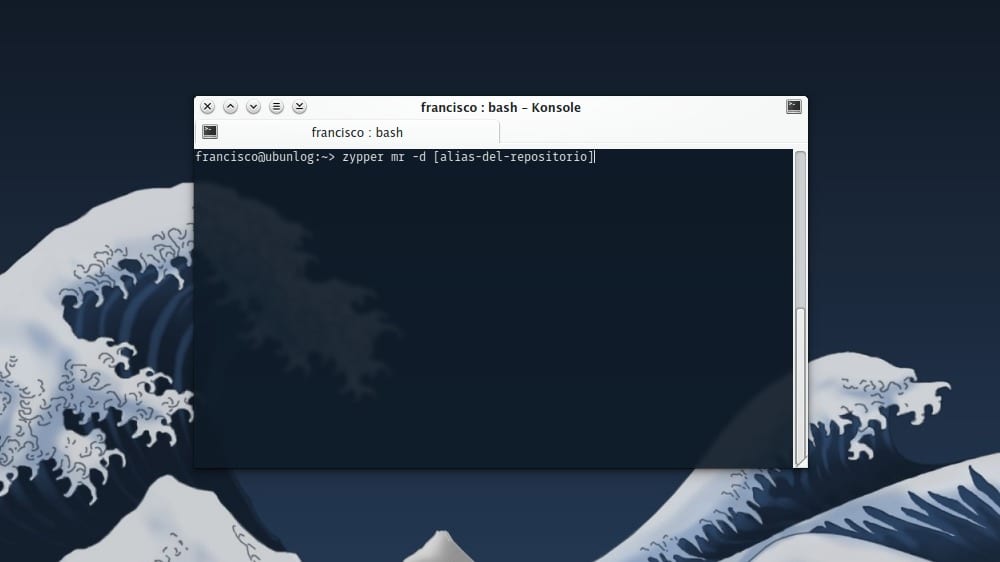
There are times when it is necessary to disable certain repositories from our software sources, such as when we upgrade to a more recent version of the software build from KDE.
In this post we will see how disable and delete repositories in openSUSE from the comfort of the comfort making use of a tool as powerful as it is zipper.
The truth is that it is not complicated at all. To deactivate a repository it is only necessary to know its name, its number or on URI. Of course, the easiest way is to know its name —the alias we gave it when adding it—, although knowing any of the other options is not a difficult task either, we simply have to list the repositories present in our system; we have already covered this in the entry «Listing repositories in openSUSE».
It is easier for me deactivate a repository by its alias; thus, to deactivate it, simply enter in the terminal —with administrative permissions (
su -
) -:
zypper mr -d [alias-del-repositorio]
For example, assuming the repository is called "ubunlog-update» the command to enter would be:
zypper mr -d ubunlog-update
If we repent and want reactivate the repository we use:
zypper mr -e ubunlog-update
Now, if we want not only to deactivate a repository but also remove it completely from our system, we instead use the command:
zypper rr ubunlog-update
Keep in mind that after completely deleting a repository it cannot be activated again, so if we regret it we will have to add it back. Also, the command to completely delete a repository does not ask for confirmation, so be careful.
More information - Listing repositories in openSUSE, Adding repositories in openSUSE
Hello
And to everyone's taste, but for me it is easier for yast2 than for that, and it is two clicks plus 3.
start the repository manager, deactivate selected repository and accept .. 3 clicks and 5 seconds.
A greeting.